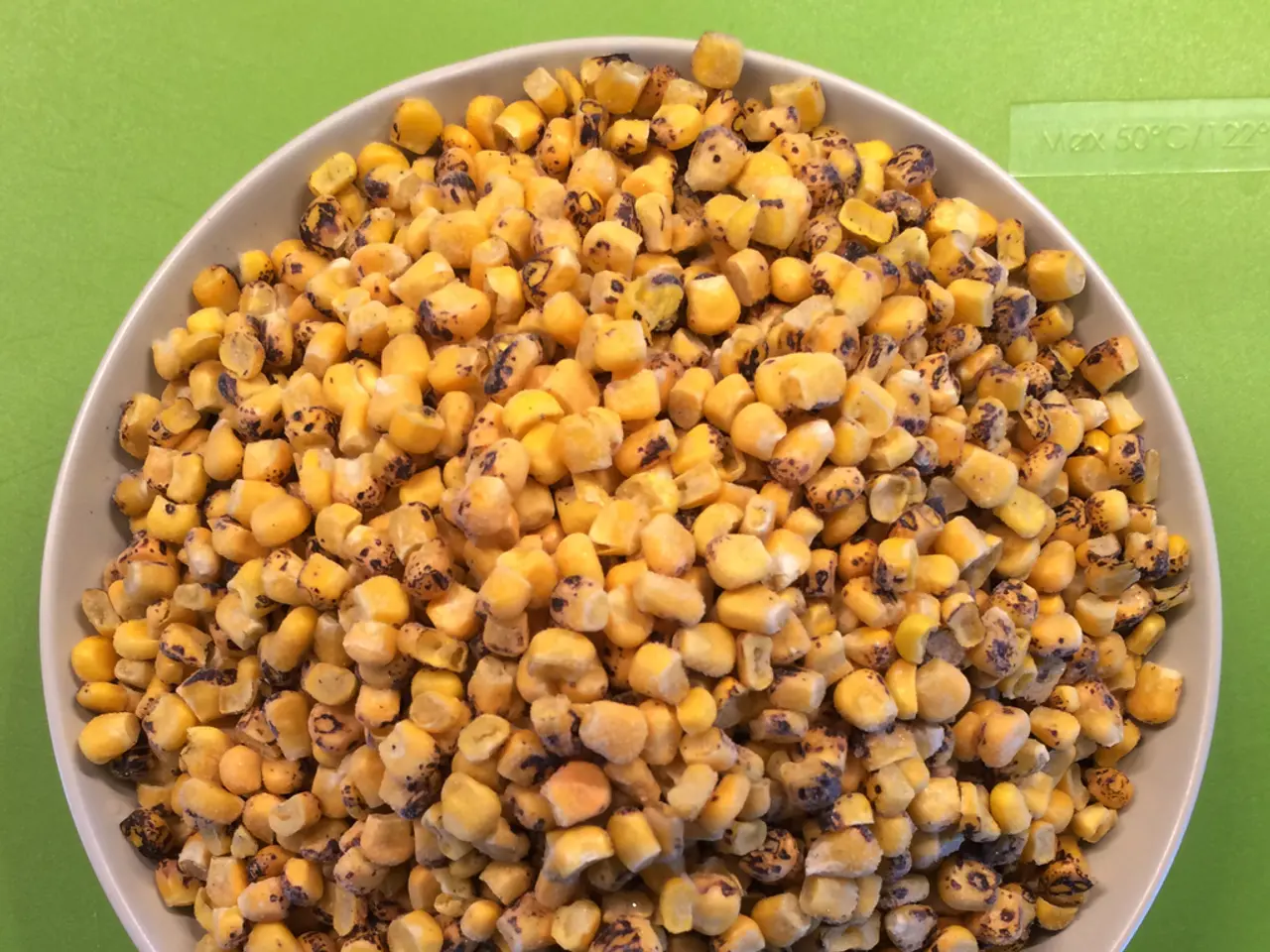Global cereal production will be largely dominated by biofuel consumption, accounting for a whopping 27% by the year 2034.
Biofuel production is on the rise, driven by a combination of factors. Governments worldwide are promoting biofuel blending as a means to reduce greenhouse gas (GHG) emissions, achieve energy independence, and support agricultural economies.
Emerging economies, particularly India, Brazil, and Indonesia, are leading the demand for biofuels. The Organisation for Economic Co-operation and Development (OECD) and Food and Agriculture Organization (FAO) report anticipates a steady growth rate of 0.9% per year for biofuels until 2034.
However, the report does not foresee significant growth in advanced feedstocks for biofuel production by 2034. Instead, food-based crops, primarily cereals and sugar crops, will remain the most critical feedstocks in biofuel production.
India and Southeast Asian countries are expected to be responsible for 39% of global cereal consumption growth by 2034, with China's share drastically falling from 32% to 13%. This shift could lead to concerns about food security, as only 40% of cereals are projected to end up in direct human consumption by 2034.
The benefits of using cereals for biofuels include reducing reliance on fossil fuels, supporting rural economies, and enhancing energy security. However, the drawbacks include competing with food production, potentially increasing food prices, and threatening food security, with limited environmental benefits unless managed sustainably.
Agricultural GHG emissions are anticipated to increase by 6% by 2034 due to the expansion of croplands and livestock for food and fuel demands. Improvements in agricultural productivity are expected to reduce the carbon intensity of on-farm emissions.
By 2034, 33% of cereal production is expected to support livestock, driven by a projected 17% increase in meat, dairy, and egg production. Global per capita calorie intake from animal products is projected to increase by 6%, with lower-middle-income countries expected to see a 24% rise.
The OECD-FAO Agricultural Outlook 2025-2034 projects that 27% of global cereal output will be used for biofuels and industrial purposes by 2034. This marks a notable increase from the 2024 report, which estimated 23% of cereals for biofuels and industrial purposes by 2033.
Cellulosic feedstocks, such as crop residues, energy crops, and woody biomass, are alternatives to food-based feedstocks for biofuels but are not expected to grow considerably in biofuel production by 2034.
Global cereal production is expected to grow at a rate of 1.1%, primarily driven by a 0.9% increase in yields, but the harvested areas will increase at a slower rate of 0.14%. No search results provide information on the projected share of global barley production used for bioenergy by 2034.
In conclusion, the rise in biofuel production presents both opportunities and challenges for global agriculture. While it offers potential benefits in terms of energy security and rural development, it also poses risks to food security and the environment. Sustainable management of biofuel production will be crucial to balancing these considerations.
Read also:
- Peptide YY (PYY): Exploring its Role in Appetite Suppression, Intestinal Health, and Cognitive Links
- Toddler Health: Rotavirus Signs, Origins, and Potential Complications
- Digestive issues and heart discomfort: Root causes and associated health conditions
- House Infernos: Deadly Hazards Surpassing the Flames








